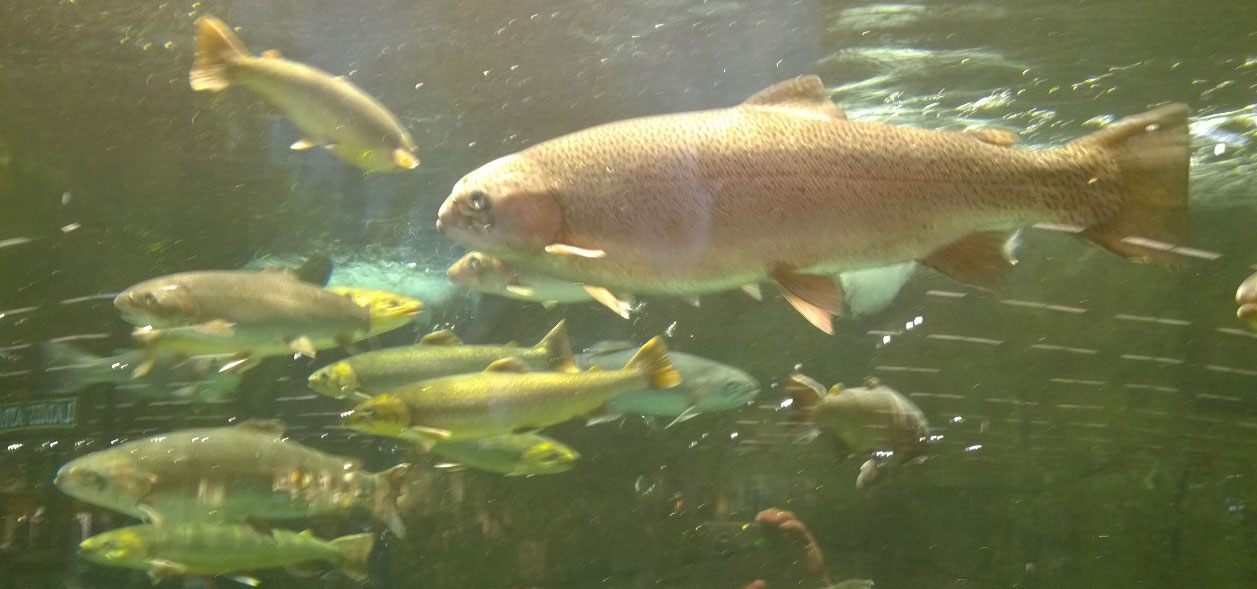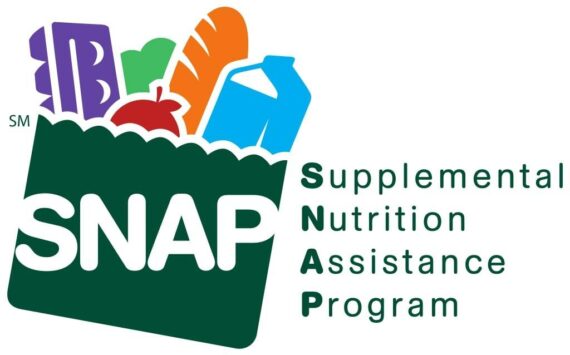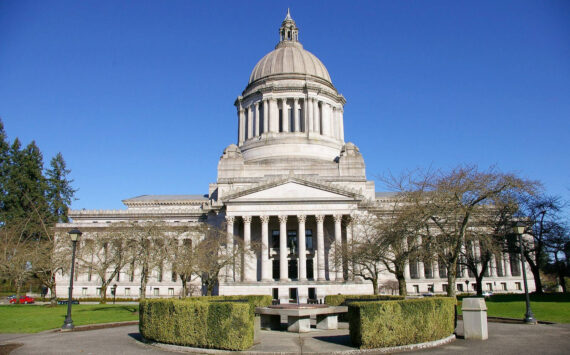The Washington Salmon Recovery Funding Board and the Puget Sound Partnership announced the award of more than $53 million in grants for projects that will protect and restore salmon habitat statewide.
“Salmon are vitally important to Washington’s economy and to our way of life. They are one of our state’s most precious resources,” said Gov. Jay Inslee. “These projects will help tackle some of the fundamental problems that are destroying our salmon populations. By making these investments we are taking steps to increase the number of salmon so there will be enough fish for future generations, orcas and for the communities and jobs that rely on the fishing industry.”
With the Legislature’s recent approval of the capital budget, grants are being distributed for 163 projects to organizations in 29 of the state’s 39 counties. The grants will be used to remove barriers that prevent salmon from migrating, increase the types and amount of habitat for salmon, protect pristine areas and restore critical habitat so salmon have places to spawn, feed, rest and grow.
Grants were given to projects to counties below:
Asotin County……………………….. $150,110
Chelan County……………………. $1,368,201
Clallam County………………….. $6,142,176
Clark County………………………… $240,570
Columbia County……………………. $22,000
Cowlitz County…………………… $1,567,061
Garfield County………………………. $83,300
Grays Harbor County……………… $483,911
Island County………………………… $825,533
Jefferson County…………………. $1,693,673
King County…………………….. $11,671,127
Kitsap County……………………….. $520,558
Kittitas County………………………. $862,119
Klickitat County……………………. $598,787
Lewis County…………………….. $1,000,794
Mason County……………………. $4,549,648
Okanogan County………………….. $487,599
Pacific County………………………. $357,679
Pend Oreille County……………… $342,000
Pierce County……………………. $3,528,850
San Juan County…………………… $745,591
Skagit County……………………. $5,392,282
Skamania County…………………. $521,548
Snohomish County…………….. $2,986,311
Thurston County………………… $1,254,429
Wahkiakum County………………. $507,612
Walla Walla County……………. $1,052,637
Whatcom County……………….. $2,934,300
Yakima County…………………….. $228,000
Multiple Counties………………. $1,096,161
“Salmon are the lifeblood of the Pacific Northwest,” said Sheida R. Sahandy, executive director of the Puget Sound Partnership. The Partnership’s Leadership Council is the regional salmon recovery organization for most of Puget Sound’s salmon species. “They feed our families, support our culture and fuel our economy. They are also a critical link in the entire food web of the Puget Sound ecosystem. These funds support projects that will help to renew our salmon populations.”


What is the Problem?
As people moved to Washington and built cities and towns around the water, many of the places salmon live were destroyed. In 1991, the federal government declared the first salmon as threatened with extinction. By the end of that decade, salmon populations had dwindled so much that salmon and bull trout were listed as threatened or endangered in three-quarters of the state.
“These projects are keeping us from losing salmon entirely,” said David Troutt, chair of the Salmon Recovery Funding Board. “Salmon are in trouble, but we know what to do. We have federally-approved recovery plans in place and the people to make them happen. We must continue these investments if we are to return salmon to healthy and sustainable numbers.”
How Projects are Chosen
Funding for the grants comes from the Puget Sound Acquisition and Restoration fund, the state capital budget and federal sources. The projects all are linked to federally-approved recovery plans.
“Projects are thoroughly reviewed by local citizens and regional and state technical experts,” said Kaleen Cottingham, director of the Washington State Recreation and Conservation Office, which administers the grants. “This multi-level approach ensures we invest the money in projects that we will know will make a difference and help us recover salmon.”
– Recreation and Conservation Office








